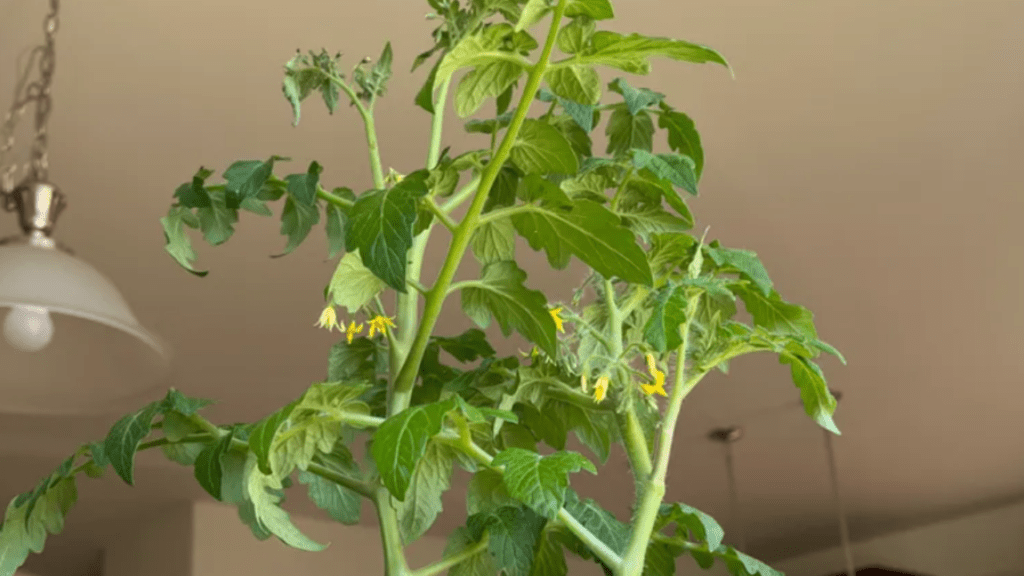
Tomato Leaves Drooping: Common Causes and Effective Solutions
If you’ve noticed your tomato leaves drooping, it can be a worrying sign for any gardener. Drooping leaves on your tomato plants may indicate a variety of issues, from watering problems to pest infestations. In this comprehensive guide, we’ll explore the common causes of drooping tomato leaves and provide you with expert tips and solutions to ensure your tomato plants thrive.
Table of Contents
ToggleUnderstanding Tomato Plant Physiology
Overview of tomato plant structure and leaf function.
The leaves of a tomato plant are an essential part of its structure and function. They play a crucial role in the process of photosynthesis, where sunlight is converted into energy for the plant. The leaves also help to regulate the plant’s water balance and provide support for the fruit as it grows. It’s important to understand the anatomy of a tomato plant in order to effectively diagnose and address any issues with drooping leaves. The main causes of drooping tomato leaves can include overwatering, underwatering, nutrient deficiencies, pests, diseases, and environmental factors such as temperature and humidity. By understanding the function of the leaves and the potential causes of drooping, you can take the necessary steps to address the issue and ensure the health and vitality of your tomato plants.
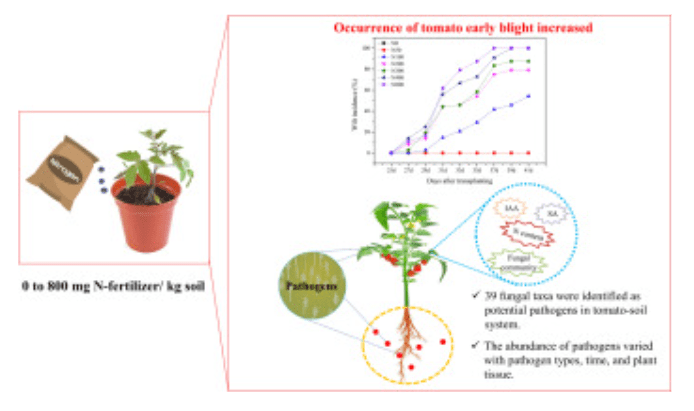
Normal growth patterns of tomato plants.
Tomato plants have a specific growth pattern that is important to understand in order to effectively care for them. Tomato plants typically start as a seed and then germinate into a seedling, with the first set of true leaves appearing after a few weeks. As the plant continues to grow, it will develop more leaves and eventually flower. The flowers will then turn into small green fruits, which will gradually ripen and turn red as they mature. Understanding these growth stages can help you monitor the progress of your tomato plants and identify any potential issues that may arise. It’s important to provide proper support for the plants as they grow, such as using stakes or cages to prevent the heavy fruit from weighing down the branches. Additionally, regular pruning and maintenance can help promote healthy growth and fruit production. By understanding the normal growth patterns of tomato plants, you can effectively care for them and ensure a bountiful harvest.
Role of leaves in photosynthesis and nutrient absorption.
The leaves of a tomato plant play a crucial role in the process of photosynthesis, which is the process by which plants convert sunlight into energy. Through photosynthesis, the leaves absorb sunlight and use it to convert carbon dioxide and water into glucose and oxygen. This glucose is then used as a source of energy for the plant’s growth and development. In addition, the leaves also play a role in the absorption of nutrients from the soil. The roots of the plant take up water and nutrients from the soil, and these nutrients are transported to the leaves where they are used in the process of photosynthesis. The leaves also contain special cells called stomata, which are responsible for the exchange of gases such as oxygen and carbon dioxide during photosynthesis. Overall, the leaves of a tomato plant are essential for the plant’s ability to produce energy and absorb nutrients, making them a vital component of the plant’s overall health and growth.
Causes of Tomato Leaves Drooping
Water-related issues
Underwatering
Underwatering can cause tomato leaves to droop. When a tomato plant is not receiving enough water, the leaves will start to wilt and droop as a way of conserving water. It’s important to make sure your tomato plants are receiving an adequate amount of water, especially during hot and dry weather. To prevent underwatering, be sure to water your tomato plants deeply and consistently, making sure the soil is evenly moist but not waterlogged. Proper watering is essential for the overall health and growth of your tomato plants, so be sure to monitor the moisture levels in the soil and adjust your watering schedule as needed.
Overwatering
Your tomato plants can also cause the leaves to droop. When plants are overwatered, the roots can become waterlogged, preventing them from absorbing the nutrients they need. This can lead to the leaves becoming wilted and drooping. It’s important to avoid overwatering your tomato plants and to allow the soil to dry out slightly between waterings. Checking the soil moisture and using a moisture meter can help you determine when to water your plants. Proper drainage is also essential to prevent overwatering, so be sure to use well-draining soil and pots with drainage holes. Additionally, be mindful of the weather and adjust your watering schedule as needed. By avoiding both underwatering and overwatering, you can help keep your tomato plants healthy and prevent their leaves from drooping.
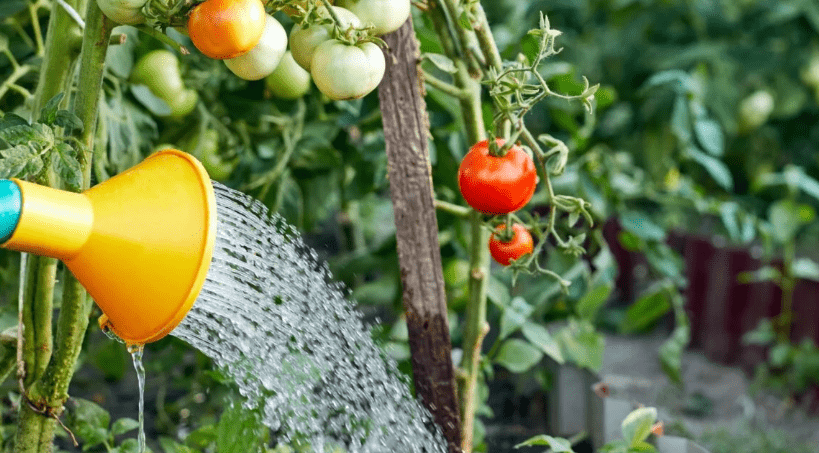
Improper drainage
can lead to a host of problems for your plants. When water is not able to drain properly, it can cause the soil to become waterlogged, which can lead to root rot and other issues. This can be particularly problematic for tomato plants, as they need well-drained soil to thrive. To ensure proper drainage, use pots with drainage holes and well-draining soil. Additionally, be mindful of the weather and adjust your watering schedule as needed. If you notice that your plants are showing signs of overwatering, such as wilted or drooping leaves, it’s important to address the issue and adjust your watering practices. By taking steps to ensure proper drainage, you can help keep your plants healthy and thriving.
Environmental stress factors:
Heat stress
can also cause tomato plants to droop. When temperatures rise above 85 degrees Fahrenheit, tomato plants may experience heat stress, leading to drooping leaves. To prevent heat stress, it’s important to provide shade for the plants during the hottest part of the day, especially in regions with intense heat. Using mulch around the base of the plants can also help to retain moisture and regulate soil temperature, reducing the likelihood of heat stress. Proper watering is crucial in mitigating the effects of heat stress on tomato plants. By providing consistent and adequate water, you can help the plants withstand high temperatures and reduce the risk of leaf drooping due to heat stress. Monitoring the weather and taking proactive measures to protect the plants from extreme heat can help maintain the overall health and productivity of tomato plants.
Cold stress
Cold stress can also have a negative impact on tomato plants. When temperatures drop below 50 degrees Fahrenheit, tomato plants may experience cold stress, causing their leaves to droop and potentially leading to frost damage. To prevent cold stress, it’s important to monitor the weather and take preemptive measures to protect the plants, such as covering them with cloths or plastic sheets during cold nights. Additionally, providing adequate irrigation and mulching can help regulate soil temperature and protect the plants from the effects of cold stress. It’s important to be proactive in protecting tomato plants from extreme temperatures, both hot and cold, in order to maintain their health and productivity.
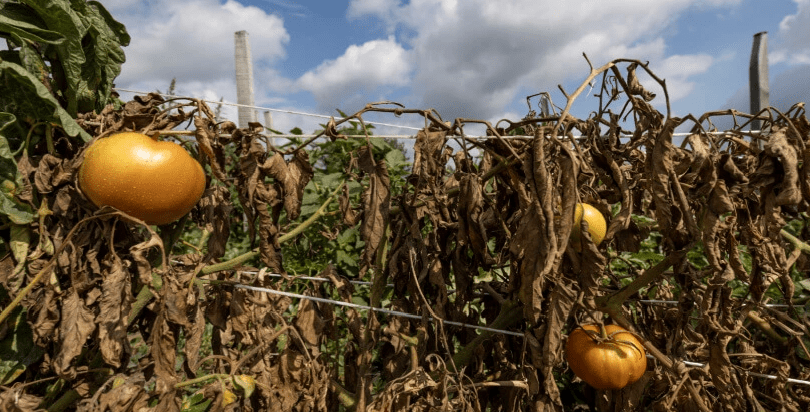
Wind damage
Wind damage can have a negative impact on tomato plants. Strong winds can cause the plants to become stressed, resulting in drooping leaves and potential damage to the stems and fruit. To protect tomato plants from wind damage, it’s important to provide support, such as stakes or cages, to help them withstand strong winds. Additionally, creating windbreaks or planting larger, more wind-resistant plants nearby can help reduce the impact of strong winds on tomato plants. It’s also important to regularly check for any signs of wind damage and take necessary steps to provide support and protection for the plants. By being proactive in protecting tomato plants from wind damage, you can help maintain their health and overall productivity.
Nutrient deficiencies:
Common deficiencies affecting tomato plants (e.g., nitrogen, potassium)
Tomato plants can be affected by common deficiencies such as nitrogen and potassium. Nitrogen deficiency can cause the leaves to turn yellow and stunt the growth of the plant. To prevent this, it’s important to use a fertilizer that is high in nitrogen and to ensure that the soil has enough organic matter. Potassium deficiency can cause the leaves to have brown or yellow spots, and the fruit may also have small, dark spots. To prevent this, it’s important to use a fertilizer with a balanced ratio of nitrogen, phosphorus, and potassium. It’s also important to regularly test the soil to ensure that it has the necessary nutrients for the tomato plants. By proactively addressing these common deficiencies, you can help maintain the health and productivity of your tomato plants.
Pest and disease problems:
Diseases causing wilting symptoms
can be a common issue for tomato plants. One disease that can cause wilting symptoms is Fusarium wilt, which is caused by a soil-borne fungus. This disease can cause the leaves of the tomato plant to wilt and turn yellow, and the plant may eventually die. Another disease that can cause wilting symptoms is bacterial wilt, which is caused by a bacteria that infects the vascular system of the plant. This can cause the plant to wilt and die rapidly. It’s important to monitor your tomato plants for any signs of wilting and to take action if you suspect a disease is causing the symptoms. Proper irrigation and soil management can help prevent some diseases, and using disease-resistant tomato varieties can also help reduce the risk of wilting symptoms. If you notice wilting symptoms on your tomato plants, it’s important to act quickly to diagnose and address the issue to prevent further damage to your plants.
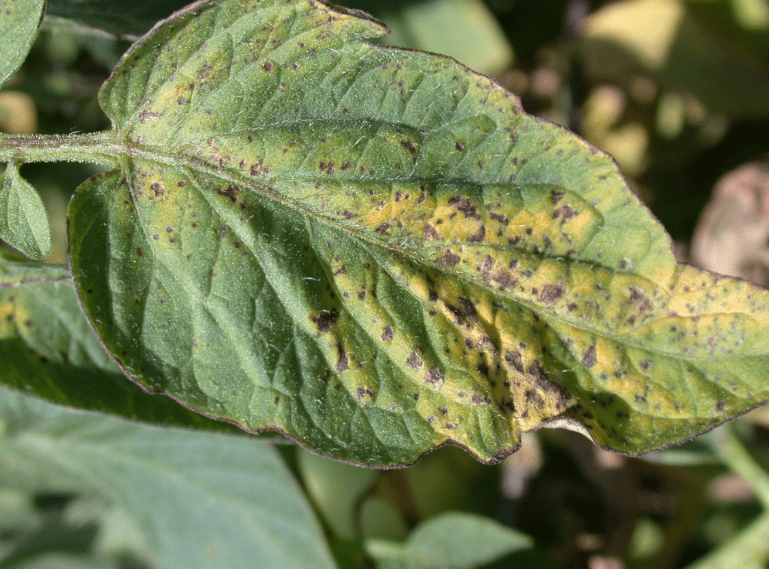
Pest infestations affecting plant health
can be a major concern for gardeners and farmers. Pests such as aphids, whiteflies, and spider mites can damage plant leaves, stems, and fruit, leading to stunted growth and reduced yields. It’s important to regularly inspect plants for signs of pest infestations and take action to control them. Integrated pest management practices, such as using beneficial insects, organic pesticides, and physical barriers, can help prevent and manage pest infestations in a sustainable way. In addition to pests, diseases caused by bacteria, fungi, and viruses can also affect plant health. Proper sanitation, crop rotation, and using disease-resistant plant varieties can help prevent the spread of diseases in plants. It’s important to stay vigilant and take proactive measures to protect plants from pest infestations and diseases, as they can have a significant impact on plant growth and crop productivity.
Diagnosing Tomato Plant Issues
Visual signs of different causes of drooping leaves.
When your plants start to show signs of drooping leaves, it’s important to identify the cause in order to take the appropriate action. One common cause of drooping leaves is pest infestations. Pests such as aphids, whiteflies, and spider mites can damage plant leaves and affect their overall health. Regularly inspecting plants for signs of pest infestations and implementing integrated pest management practices can help control and prevent these issues. Another potential cause of drooping leaves is plant diseases caused by bacteria, fungi, and viruses. It’s essential to practice proper sanitation and crop rotation to prevent the spread of diseases in plants. Using disease-resistant plant varieties can also help protect your plants from diseases. By staying vigilant and taking proactive measures, you can protect your plants from pest infestations and diseases, ultimately promoting healthy growth and productivity.
How to distinguish between various stress factors.
There are several factors that can cause stress in plants, and it’s important to be able to distinguish between them in order to address the issue effectively. Environmental stress factors, such as extreme temperatures, drought, or excessive moisture, can cause drooping leaves. It’s important to monitor the weather conditions and provide appropriate care, such as watering and shading, to mitigate these stressors. Nutrient deficiencies, such as lack of nitrogen, potassium, or magnesium, can also lead to drooping leaves. Conducting a soil test and providing the necessary nutrients can help alleviate this type of stress. Additionally, physical damage, such as root rot or mechanical injury, can cause drooping leaves. Regularly inspecting and maintaining the plant’s root system and protecting it from physical harm can prevent this type of stress. By understanding and identifying the various stress factors, you can take the necessary steps to ensure the health and vitality of your plants.
Correcting Watering Practices
Best practices for watering tomato plants.
When it comes to watering tomato plants, it’s important to follow some best practices to ensure their health and vitality. One key factor to consider is environmental stress. Extreme temperatures, drought, or excessive moisture can cause drooping leaves, so it’s important to monitor the weather conditions and provide appropriate care, such as watering and shading, to mitigate these stressors. Nutrient deficiencies, such as lack of nitrogen, potassium, or magnesium, can also lead to drooping leaves. Conducting a soil test and providing the necessary nutrients can help alleviate this type of stress. Additionally, physical damage, such as root rot or mechanical injury, can cause drooping leaves. Regularly inspecting and maintaining the plant’s root system and protecting it from physical harm can prevent this type of stress. By understanding and identifying the various stress factors, you can take the necessary steps to ensure the health and vitality of your tomato plants. And when it comes to watering, it’s best to water deeply and infrequently to encourage strong root growth. Water the base of the plant in the morning to minimize the risk of disease, and avoid getting the foliage wet. By following these best practices, you can help your tomato plants thrive.
How to check soil moisture levels effectively.
Checking soil moisture levels effectively is crucial for the health and growth of your plants. One way to do this is by conducting a simple soil test. You can use a soil moisture meter to accurately measure the moisture content in the soil. This will help you determine if the soil is too dry or too wet for your plants. Additionally, you can use your fingers to feel the soil to see if it is dry or damp. Another effective method is to use a trowel to dig a small hole in the soil and feel the moisture level at the root level.
It’s important to provide the necessary nutrients to your plants to alleviate any stress caused by soil moisture levels. Regularly inspecting and maintaining the plant’s root system and protecting it from physical harm can also prevent stress caused by physical damage, such as root rot or mechanical injury.
When it comes to watering, it’s best to water deeply and infrequently to encourage strong root growth. Watering the base of the plant in the morning can minimize the risk of disease, and it’s important to avoid getting the foliage wet. By following these best practices for checking soil moisture levels and watering effectively, you can help your plants thrive and ensure their health and vitality.
Improving Soil Conditions
Is essential for the health and growth of your plants. One way to improve soil conditions is to regularly check the moisture level of the soil. This can be done by using a moisture meter to determine if the soil is too dry or too wet. Additionally, you can use your fingers to feel the soil to see if it is dry or damp. Another effective method is to use a trowel to dig a small hole in the soil and feel the moisture level at the root level. It’s important to provide the necessary nutrients to your plants to alleviate any stress caused by soil moisture levels. Regularly inspecting and maintaining the plant’s root system and protecting it from physical harm can also prevent stress caused by physical damage, such as root rot or mechanical injury. When it comes to watering, it’s best to water deeply and infrequently to encourage strong root growth. Watering the base of the plant in the morning can minimize the risk of disease, and it’s important to avoid getting the foliage wet. By following these best practices for checking soil moisture levels and watering effectively, you can help your plants thrive and ensure their health and vitality.
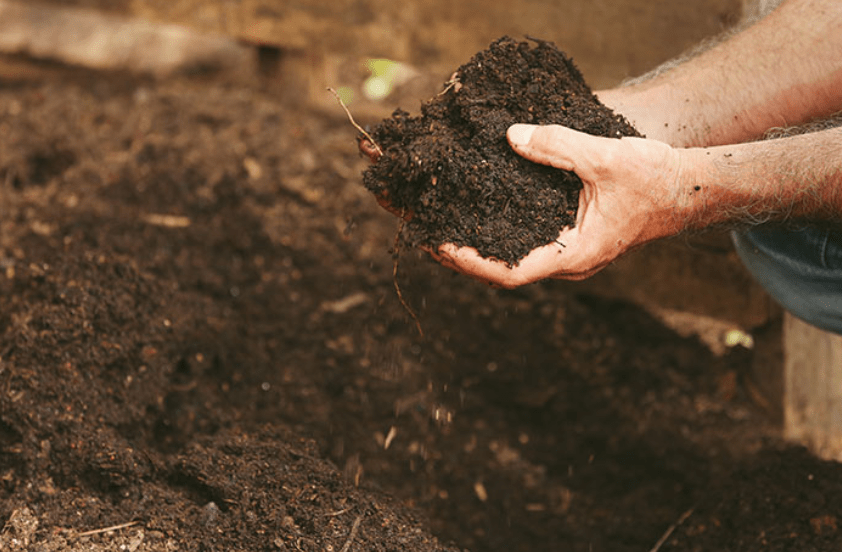
Managing Environmental Stress
is crucial for the health and vitality of your plants. One key aspect of managing environmental stress is monitoring and adjusting soil moisture levels. You can do this by using your fingers to feel the soil and determine if it is dry or damp. Another effective method is to use a trowel to dig a small hole in the soil and feel the moisture level at the root level. It’s important to provide the necessary nutrients to your plants to alleviate any stress caused by soil moisture levels. Regularly inspecting and maintaining the plant’s root system and protecting it from physical harm can also prevent stress caused by physical damage, such as root rot or mechanical injury.
When it comes to watering, it’s best to water deeply and infrequently to encourage strong root growth. Watering the base of the plant in the morning can minimize the risk of disease, and it’s important to avoid getting the foliage wet. By following these best practices for checking soil moisture levels and watering effectively, you can help your plants thrive and ensure their health and vitality. It’s important to be proactive in managing environmental stress to ensure the long-term health and success of your plants.
Addressing Nutrient Deficiencies
Is crucial for the health and growth of your plants. One way to address this is by using a soil test to determine which nutrients are lacking in the soil. Once you know which nutrients are deficient, you can add the appropriate fertilizers to replenish them. It’s also important to provide the necessary nutrients to your plants to alleviate any stress caused by soil moisture levels. Regularly inspecting and maintaining the plant’s root system and protecting it from physical harm can also prevent stress caused by physical damage, such as root rot or mechanical injury. Additionally, it’s important to address nutrient deficiencies by providing balanced nutrition through the use of organic materials and compost to enrich the soil. By addressing nutrient deficiencies, you can promote healthy growth and vibrant blooms in your plants.
Pest and Disease Control
is essential for maintaining the health and vitality of your plants. One way to control pests and diseases is by regularly inspecting your plants for any signs of infestation or disease and taking appropriate measures to address them. This can include using natural predators or organic pesticides to control pests, and removing and disposing of infected plants to prevent the spread of disease. Proper plant spacing and regular pruning can also help to prevent the spread of pests and diseases by improving air circulation and reducing humidity. It’s important to keep your garden clean and free of debris, as this can harbor pests and diseases. Additionally, using disease-resistant plant varieties and rotating crops in your garden can help to prevent the buildup of pests and diseases in the soil. By implementing these pest and disease control measures, you can ensure the health and productivity of your garden.
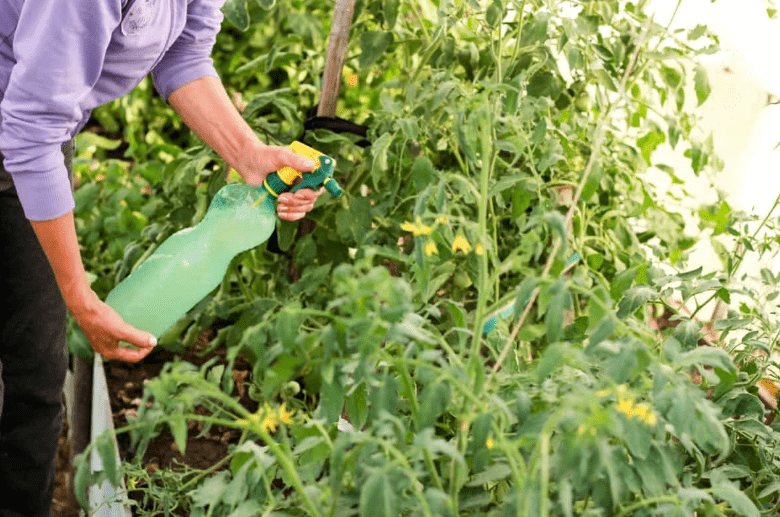
Pruning and Supporting Tomato Plants
Are essential practices for maintaining the health and productivity of your tomato plants. When it comes to pruning, it’s important to remove any suckers that develop in the crotch joint of two branches. This allows the plant to focus its energy on producing fruit rather than foliage. You should also remove any yellowing or diseased leaves to prevent the spread of disease. As for supporting your tomato plants, using stakes, cages, or trellises can help to keep the plants off the ground, reducing the risk of disease and making it easier to harvest the fruit. Proper support also ensures that the plants have good air circulation, which is important for preventing mold and mildew. Overall, both pruning and supporting tomato plants are essential for maximizing their growth and productivity. With these practices in place, you can enjoy a bountiful harvest of delicious, healthy tomatoes.
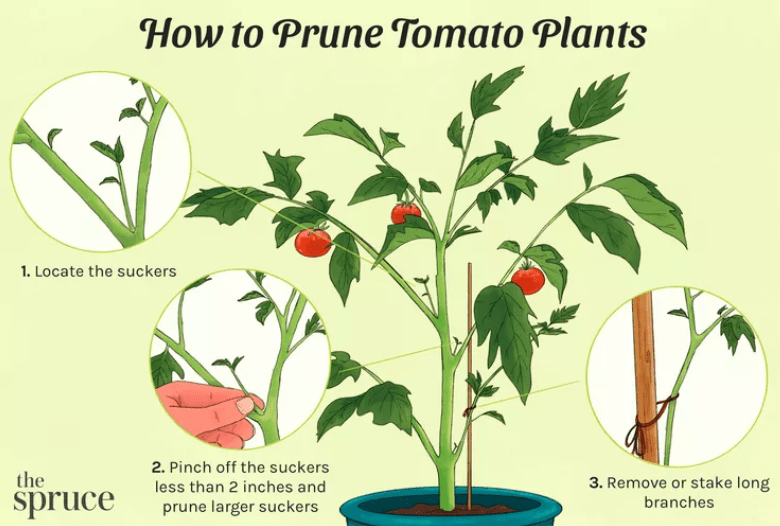
Monitoring and Preventive Measures
Are essential for maintaining the health and productivity of your plants. When it comes to pruning, it’s important to remove any suckers that develop in the crotch joint of two branches. This allows the plant to focus its energy on producing fruit rather than foliage. You should also remove any yellowing or diseased leaves to prevent the spread of disease. Proper support for your tomato plants is also crucial. Using stakes, cages, or trellises can help to keep the plants off the ground, reducing the risk of disease and making it easier to harvest the fruit. Proper support also ensures that the plants have good air circulation, which is important for preventing mold and mildew. By monitoring your plants and taking preventive measures such as pruning and supporting them, you can maximize their growth and productivity. This will result in a bountiful harvest of delicious, healthy tomatoes for you to enjoy.
In conclusion, taking care of your tomato plants involves paying attention to their needs and addressing any issues that may arise. By understanding the common causes of drooping tomato leaves and implementing effective solutions, you can ensure that your plants thrive and produce a bountiful harvest. Remember to monitor your plants regularly and make adjustments as needed to keep them healthy and strong.
Frequently asked questions And Answer
The most common causes of tomato leaves drooping are overwatering, underwatering, and extreme temperatures.
Overwatered plants will have yellowing leaves and may show signs of root rot. Underwatered plants will have dry, crispy leaves and may wilt during the hottest part of the day.
If the issue is overwatering, allow the soil to dry out before watering again. If it’s underwatering, make sure to water consistently and deeply. Also, consider providing shade or protection from extreme temperatures.
Yes, nutrient deficiencies, pests, and diseases can also cause tomato leaves to droop. It’s important to inspect the plant for any signs of these issues.
Proper watering, regular fertilization, and keeping an eye out for pests and diseases are key to preventing drooping tomato leaves.
Pruning can help improve air circulation and reduce the risk of disease, but it’s important to prune properly to avoid causing stress to the plant.
There are products available to help treat nutrient deficiencies, pests, and diseases, but it’s best to consult with a gardening expert or extension office for personalized advice.
If you’ve tried adjusting watering and providing proper care but the issue persists, it may be best to seek advice from a professional gardener or agricultural expert.
